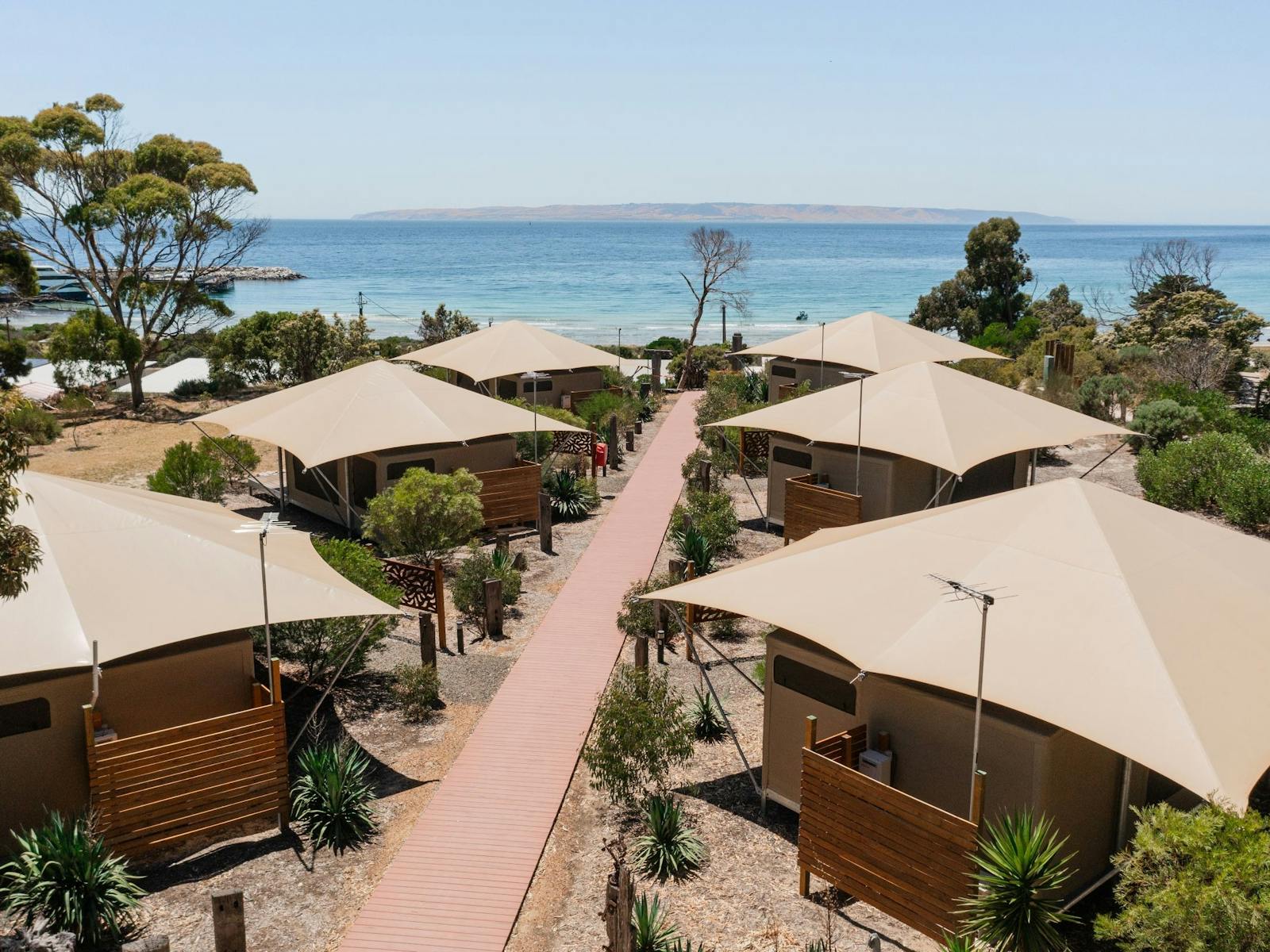Kangaroo Island provides important habitat for Bottlenose Dolphins, the species occurs commonly around Australia and throughout the world. A community volunteer ‘Citizen Science’ program on Kangaroo Island has been monitoring dolphin populations since 2005.
Kangaroo Island Dolphin Watch runs regular surveys with their partners allowing local volunteers the opportunity to study these wonderful marine mammals. Images and video footage are collected, identifying individual dolphins by distinctive dorsal fins and body markings. Vital data is recorded on movements and habitats, creating a sustainable, longitudinal study of extraordinary international significance.
Bottlenose Dolphin Facts
Bottlenose Dolphins have a short thick snout or beak, giving rise to their name, with a curved mouth alluding to a smile. They are shades of grey, usually with a slightly lighter underbelly and measure around two to four metres in length. Bottlenose Dolphins are incredible swimmers, with their strong muscular bodies designed for propelling themselves at speed through the ocean waves and currents. A curved dorsal fin, powerful tail and pointed flippers help guide and steer them through the water, and at times launching themselves metres out of the water breaching.
Eating mostly fish, Bottlenose Dolphins are carnivores, sometimes feeding on crustaceans and cephalopods such as squid. Bottlenose Dolphins are commonly seen hunting, playing and cruising along the ‘blue-line’ where there is a mosaic of bare sand and seagrass meadows and often a tasty meal to be found.
As extremely social creatures, Bottlenose Dolphins live in groups called ‘pods’, with up to 80 dolphins having been seen together on the North Coast of Kangaroo Island. Playing, hunting and working together to raise their young dolphin ‘calves’, the pod typically keeps relatively close to shore, however at times may travel further out to sea.
Bottlenose Dolphins may breed year-round but usually give birth to their calves near the end of summer. With calves suckling for up to 18 months, there is every chance you will see younger dolphins amongst a pod in the bays and coves around the island year-round.















